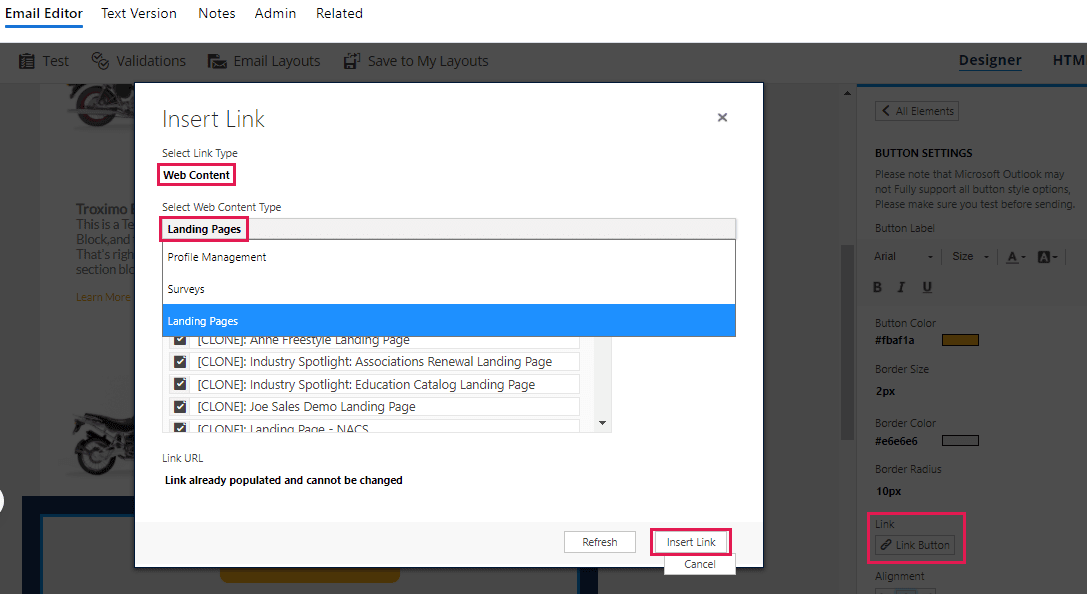As a pandemic sweeps through countries around the globe, the topic of communicating business continuity plans is a hot one among businesses of all kinds. Looking through your inboxes – both professional and personal – you are certain to find countless emails from businesses telling you what actions they are taking in the face of COVID-19. Your social feeds likely look similarly filled with business continuity messaging.
The sheer volume of these messages can seem overwhelming when viewed as a whole, but it’s an important step for businesses to make in a time of crisis. Your customers want and need to know how any potential impacts to your business from a crisis situation will affect them, whether it’s a virus today or a natural disaster, security breach or other significant disruption tomorrow. This is not the time for silence.
While it is important for your organization to say something, not all crisis communications are created equal. Here are best practices to follow as you craft those communications for your organization:
1. Be adaptable. If there’s one thing the current COVID-19 outbreak has taught us, it’s that things in a crisis can change very quickly. In cities, countries and regions around the world, many people have gone from business as usual one day to being quarantined in their homes the next. In other places, these measures have been more incremental, reflecting the extreme fluidity of the pandemic and the response to it. For some businesses, this means that their original business continuity communications may become obsolete quickly and need to be updated often. Keep your eyes on the day’s headlines with that in mind. How might the news of the day alter the original information and plans you have communicated to customers? Even if your organization isn’t directly impacted by updates in the spread of or fight against the virus, consider how your customers or other constituents might be. Be adaptable in your approach to best serving your audiences as the crisis evolves, rather than assuming your organization’s initial actions will be the best course over time.
2. Have a message foundation. While adaptability is critical when communicating business continuity, it’s important to establish foundational messaging that is woven into your various communications throughout the crisis. Consider this the core of your messaging. It should address your organization’s overall philosophy and perspective in responding to the crisis. How will you ensure the continuity of your operations? How exactly will that be achieved? How will you reassure customers? What are you doing to ensure the safety and well-being of your customers and employees? Beyond answering these questions, take the time to develop a sentence or two that serves as a guiding principle of sorts that you can consult as you develop any business continuity communications. For example, it could be as simple as, “We are here for our customers during these difficult times.” Then, check to ensure that you are conveying this message in all your communications, even if it is implied rather than directly stated sometimes.
3. Be forward-looking. People around the world right now wish they had a crystal ball that would tell them exactly when and how this current pandemic crisis will end. Unfortunately, no such foresight exists. Medical and public health experts can help us understand what we might expect, as can data from countries who have experienced earlier transmission and containment of the virus, but these are still only predictions. Despite this uncertainty, it’s important to be forward-looking in your business continuity plans. To the best of your ability, tell your customers what they can expect in the days and weeks ahead from your organization. For example, if your business has a physical location that must close, how long is that closure for? And will it involve a complete closure or modified operations? It’s entirely possible that the timeline you present may change, but you want to show your customers that your company has thought about and prepared for the future, even when it is an uncertain one.
4. Be transparent and genuine. Jargon and buzzwords have no place in business continuity communications. Given the critical nature of these messages, you need to aim to be as clear and direct as possible. It is also important that these messages feel human and like a great deal of thought went into them – because a great deal of thought and time should be put into creating this messaging. Transparency is vital here, and it will look slightly different for every business. You can acknowledge that it is a difficult time for everyone or admit that you don’t currently have all the answers but you’re striving to address the questions customers may have. By being this open and genuine, you maintain the trust of your customers, which is needed by businesses now more than ever.
5. Cover your bases. Given the importance of communicating business continuity, make sure your messaging reaches audiences far and wide. Email is a popular channel for marketers and their audiences alike for these communications. Just be sure that you are practicing good sending practices in the process. Someone who signed up for your emails two years ago and hasn’t opened one since does not need or want to know how your company is responding to COVID-19. Website messaging linked to a pop up or banner can be an effective way to keep your web visitors apprised of the latest continuity updates. Social media is also a powerful channel in these rapidly changing times. Podcasts, webinars and videos are all effective options for continuity communications, particularly if you want to showcase your organization’s leaders. In all these communications, ensure that internal audiences are addressed first. Whether they are on the frontlines and customer-facing or behind the scenes, employees need to have the tools and information they need to continue succeeding and being the best face for your business.









